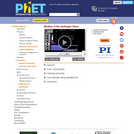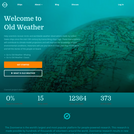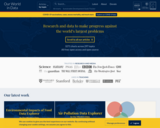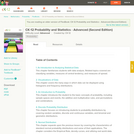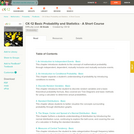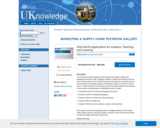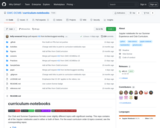
This curriculum was designed for high school students with no prior coding experience who are interested in learning Python programming for data science. However, this course material would be useful for anyone interested in teaching or learning basic programming for data analysis.
The curriculum features short lessons to deliver course material in “bite sized” chunks, followed by practices to solidify the learners' understanding. Pre-recorded videos of lessons enable effective virtual learning and flipped classroom approaches.
The learning objectives of this curriculum are:
1. Write code in Python with correct syntax and following best practices.
2. Implement fundamental programming concepts when presented with a programmatic problem set.
3. Apply data analysis to real world data to answer scientific questions.
4. Create informative summary statistics and data visualizations in Python.
5. These skills provide a solid foundation for basic data analysis in Python. Participation in our program exposes students to the many ways coding and data science can be impactful across many disciplines.
Our curriculum design consists of 27 lessons broken up into 5 modules that cover Jupyter notebook setup, Python coding fundamentals, use of essential data science packages including pandas and numpy, basic statistical analyses, and plotting using seaborn and matplotlib. Each lesson consists of a lesson notebook, used for teaching the concept via live coding, and a practice notebook containing similar exercises for the student to complete on their own following the lesson. Each lesson builds on those before it, beginning with relevant content reminders from the previous lessons and ending with a concise summary of the skills presented within.
- Subject:
- Applied Science
- Computer Science
- Mathematics
- Statistics and Probability
- Material Type:
- Activity/Lab
- Full Course
- Homework/Assignment
- Lesson Plan
- Author:
- Alana Woloshin
- April Kriebel
- Audrey C. Drotos
- Brooke N. Wolford
- Gabrielle A. Dotson
- Hayley Falk
- Katherine L. Furman
- Kelly L. Sovacool
- Logan A. Walker
- Lucy Meng
- Marlena Duda
- Morgan Oneka
- Negar Farzaneh
- Rucheng Diao
- Sarah E. Haynes
- Stephanie N. Thiede
- Vy Kim Nguyen
- Zena Lapp
- Date Added:
- 12/06/2021
